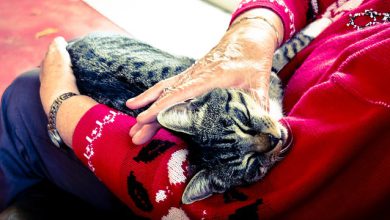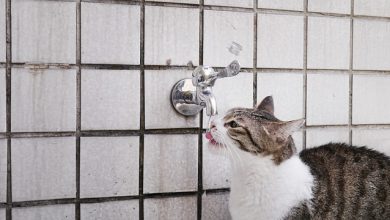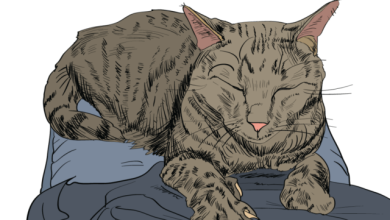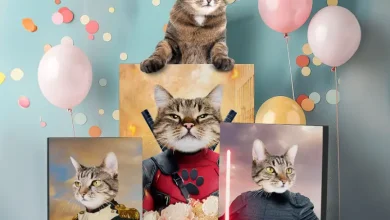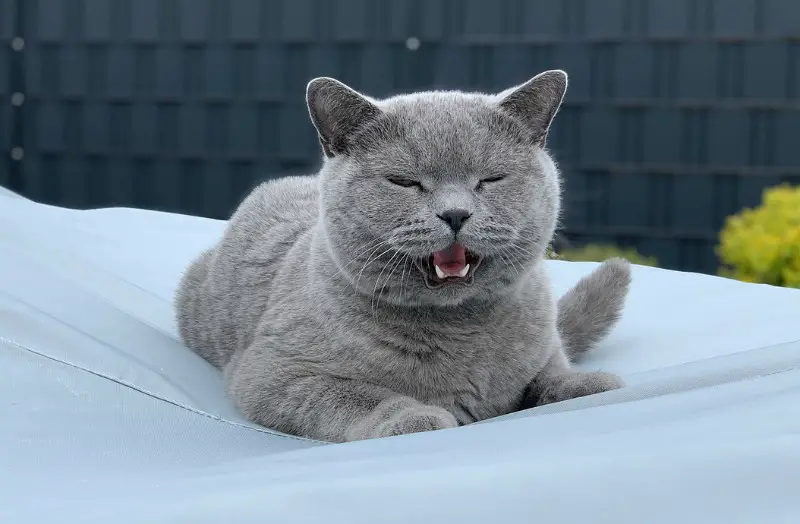
Feel free to read on, but please note, this is an older article, and we recently published our definitive guide to trilling in Feb. 2024. Here’s the link to the latest: Decoding Cat Trilling: Understanding the Why, How, and When of Your Feline’s Melodic Communication.
Cats are very expressive animals. Not only do they communicate with each other, but they also communicate with humans. Through their facial expressions, bodies and vocalizations they are able to express themselves and their needs. Trilling is one of the more unusual sounds that cats make. But what exactly is it? What does it mean and why do cats do it?

What Is A Trill And What Does It Mean?
Simply put, trilling is a form of vocalization which cats make in order to express themselves. Of course, cats make a range of different sounds, from meowing to chirps, purrs to hisses. Unlike many of the other sounds however, such as meowing, the trilling sound is produced with a closed mouth. Rather than expel the air, when a cat trills, the air is actually pushed through their vocal cords.
It’s best described as a high-pitched sound, very similar to the soft rolling Rs typically associated with Spanish. Quite often the sound produced is fairly short, lasting only one or two seconds. The trilling sound is usually associated with positive emotions and more high-pitched sounds. On the other hand, meowing can indicate positive or negative connotations and, similarly to purring, tends to be a lower or deeper sound.
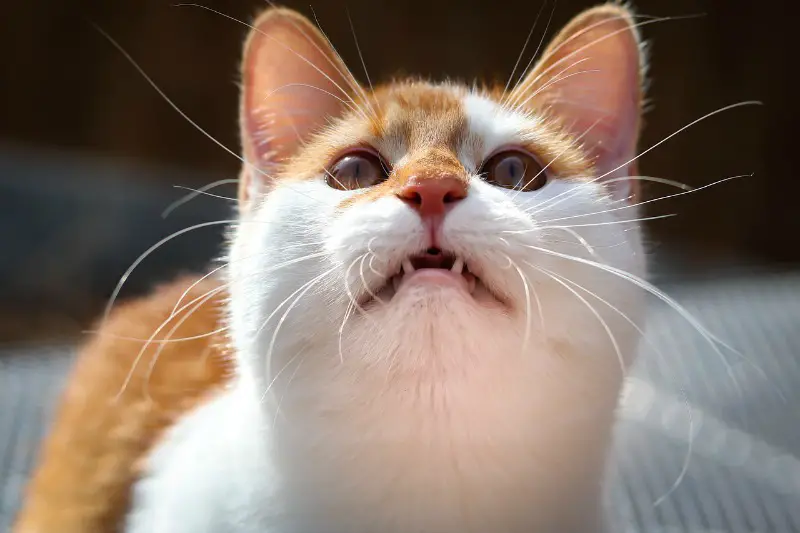
Reasons Your Cat May Trill
Cats trill for a multitude of reasons. Generally, the reasons behind trilling tend to be very positive. A cat’s willingness to trill can, in part, be seen as a sign of their comfort, ease and trust in you.
1. Trilling Between Mother And Kitten
Trilling tends to be mostly used by female cats. This is in part due to the fact that when kittens are very young, the mother cat will often trill at them as a cue to encourage the kittens to follow her or as a strategy to capture their attention. As a result, kittens learn this form of communication early on and, due to their tendency to mimic sounds, will use the trilling vocalization when greeting other animals or people, or when they are seeking attention themselves.
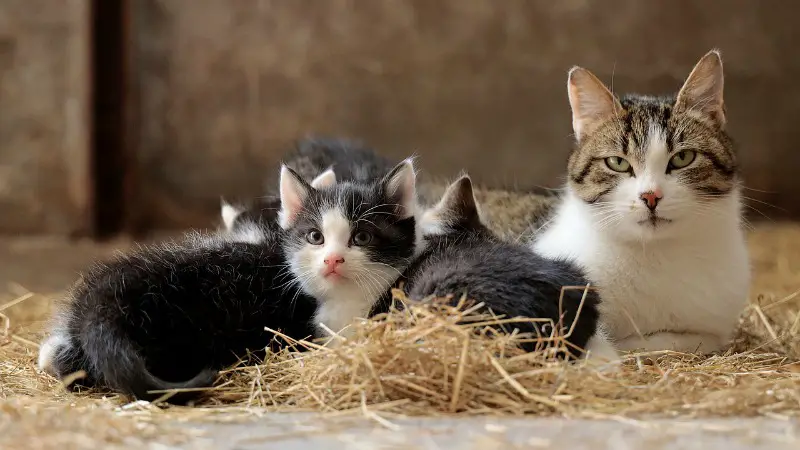
2. A Form Of Greeting
By contrast, adult cats most often tend to use trilling as a way to greet their owners or indeed other cats. Trilling is often used by adult cats as an expression of affection and happiness. You may find your cat also uses trilling as a way to indicate they want you to pet them.
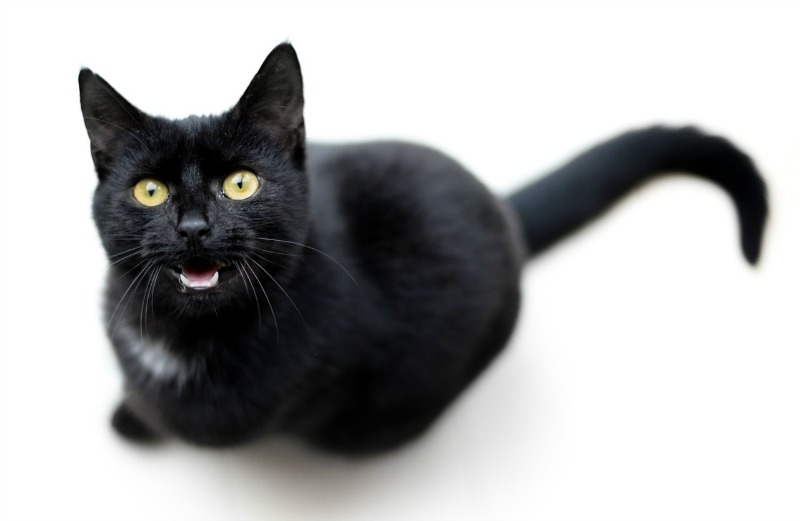
3. Attention Seeking
As well as a sign of affection, trilling can also be a way for your cat to attract your attention.
“If you find that your cat persistently trills at you, they may be seeking your undivided attention,” says Sara Nelms, a pet writer at Boomessays and Paperfellows. “It may be an invitation for you to pet her and spend some time together. If your cat continuous to look at you, whilst moving away and trilling, she may be asking you to follow her. Sometimes cats will use trilling as a way to get your attention so they can show you something.”
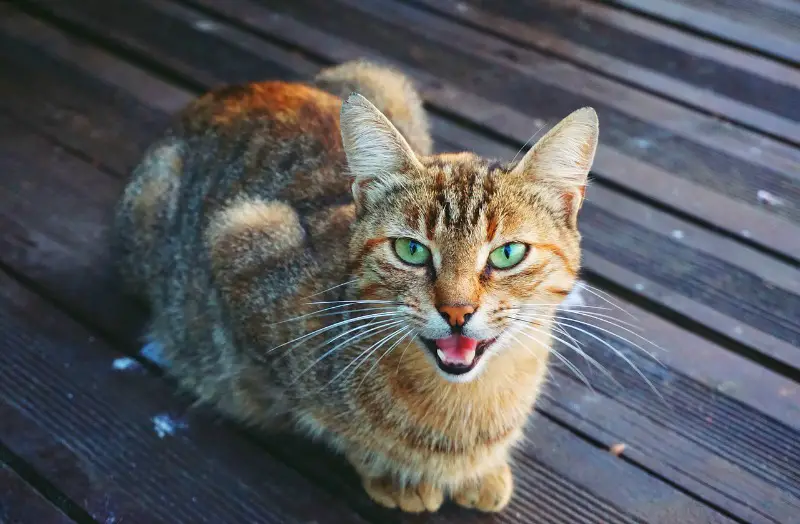
4. A Form Of Communication
The trilling sound is almost always an indication of a positive emotion or form of communication. Cats will use trilling as a way to communicate with other cats, as well as a form of communication with you. As long as you are happy to indulge your cat, you can even spend a few minutes in conversation with them, taking turns to exchange trills.
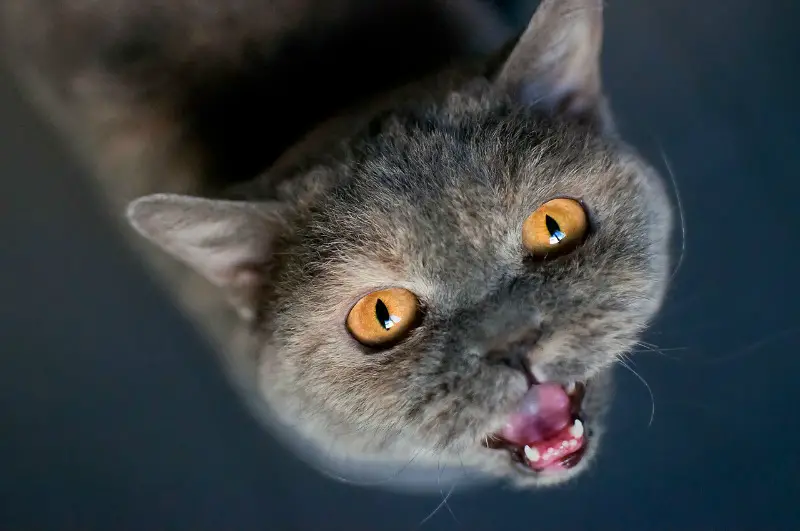
When Is Trilling A Worry?
On the whole, you should treat your cat’s trilling as a positive sign, even a compliment. It usually means they are happy and comfortable in your company. However, if your cat is older or beginning to enter old age, then you should pay closer attention, as their trilling may be an indication of something more serious.
“In some instances, an increase in your cat’s trilling or even sudden, excessive trilling can be a sign that your cat is in pain, is injured or even unwell. Try to establish the reason for your cat’s increased trilling and be sure to address the problem. If you’re not sure whether or not to be concerned, take your cat to the vet,” suggests Paul Martinez, a veterinarian at Thesis Writing and Stateofwriting.
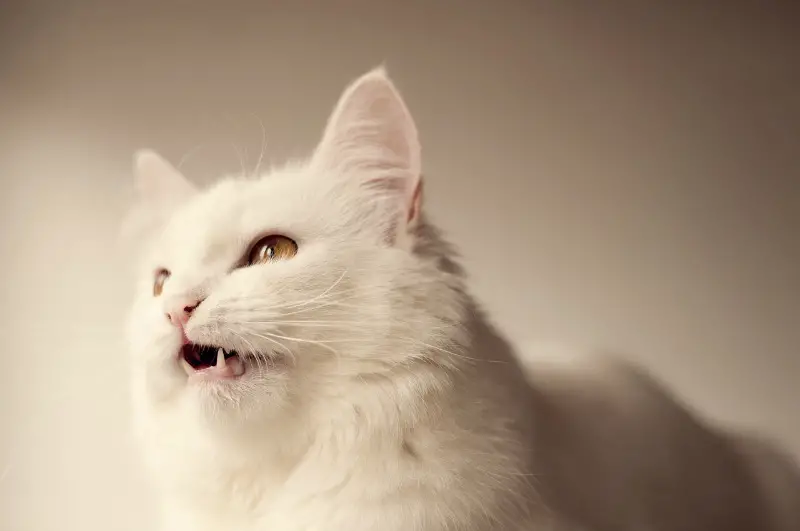
Why Doesn’t My Cat Trill?
Not all cats will trill. For the most part, trilling is also a reflection of your cat’s personality. Cats with livelier, more extroverted personalities will be more likely to trill. On the other hand, if your cat is fairly shy, you may find that they are less likely to trill, as they can find it more difficult to express their emotions. Similarly, some breeds are more likely to trill than others. For example, cats with Maine coon, Siamese or Scottish Fold blood tend to be more talkative.
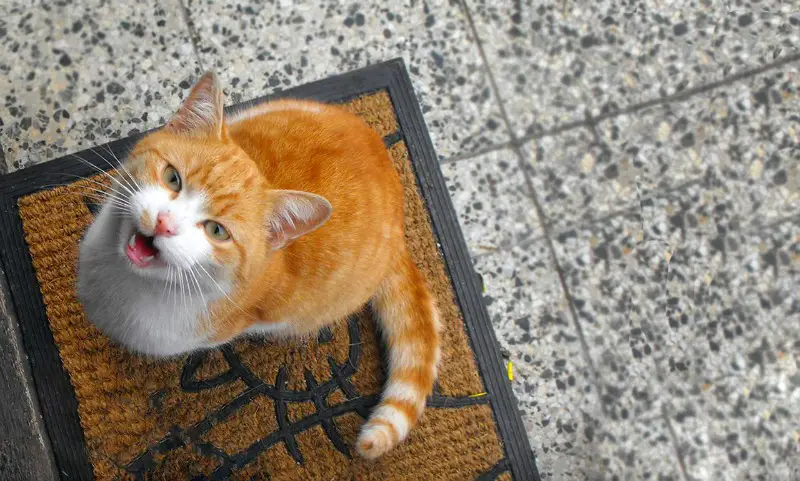
Conclusion
Cats have a range of ways of communicating their needs, as well as expressing their feelings. Trilling is simply another form of communication and typically a positive one. Whether your cat is greeting you, seeking some attention or petting, why not take the opportunity to trill back and engage in some fun communication with your cat?
Author Bio
This guest post was submitted by Beatrix Potter – an accomplished pet writer at Essay Writing Service and Academized. She writes regularly about pets, including guides on pet healthcare and ways to communicate with your pet more successfully. A lifelong animal lover herself, Beatrix enjoys spending time with her two cats. She also works as an online proofreader at Write My Assignment website.
